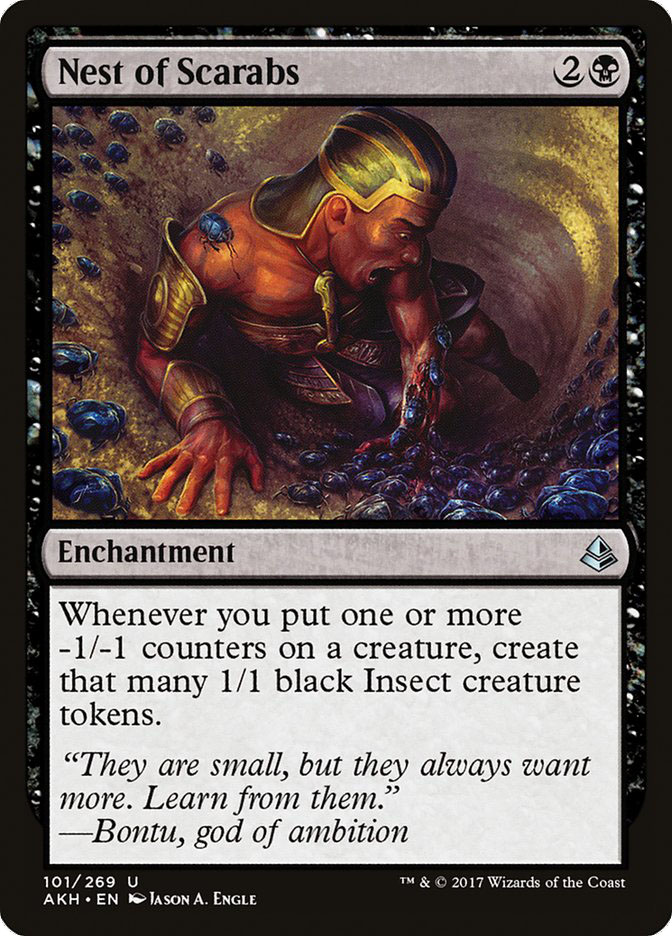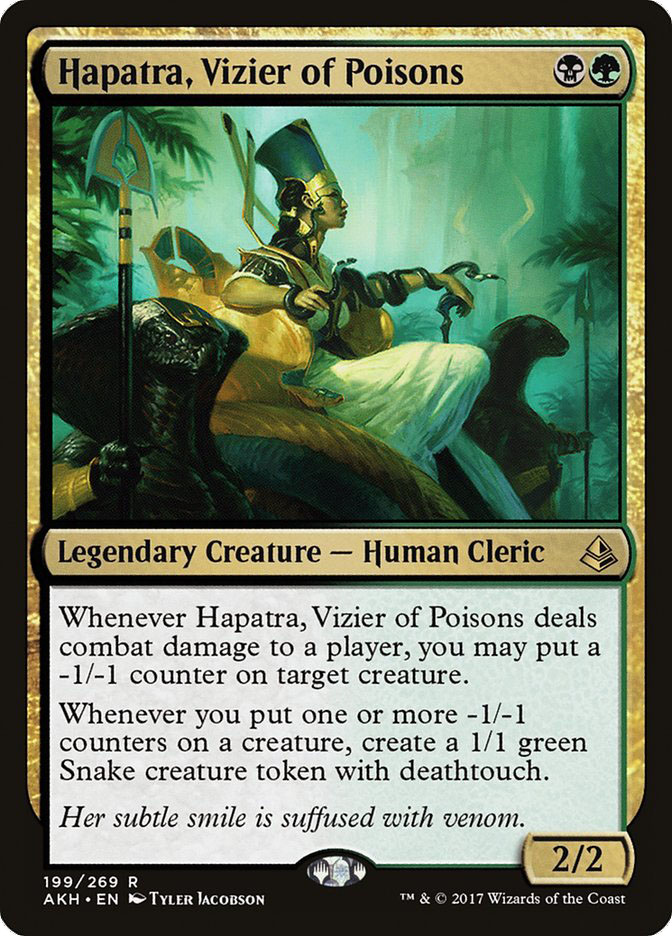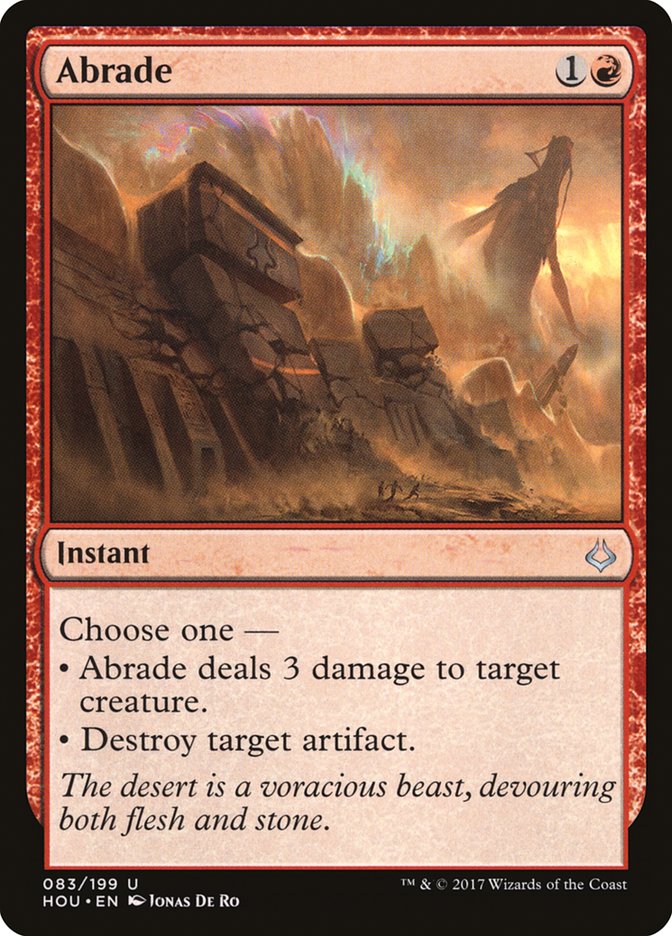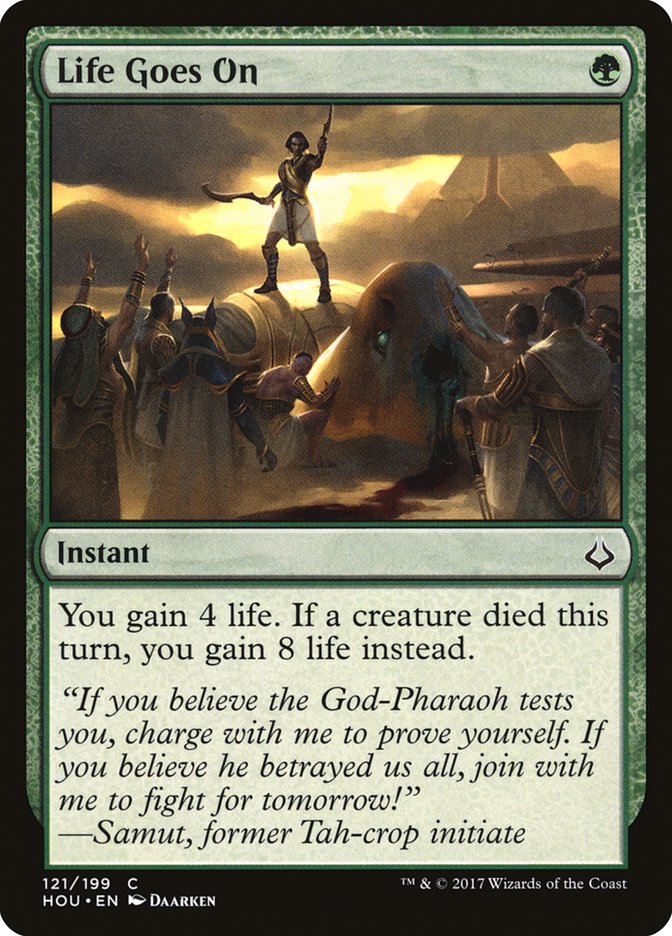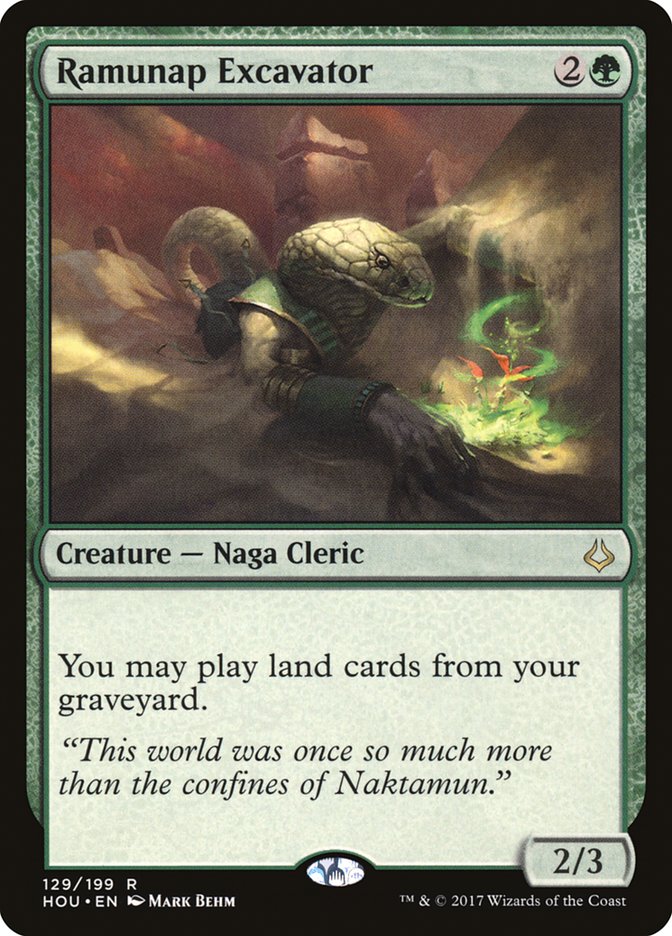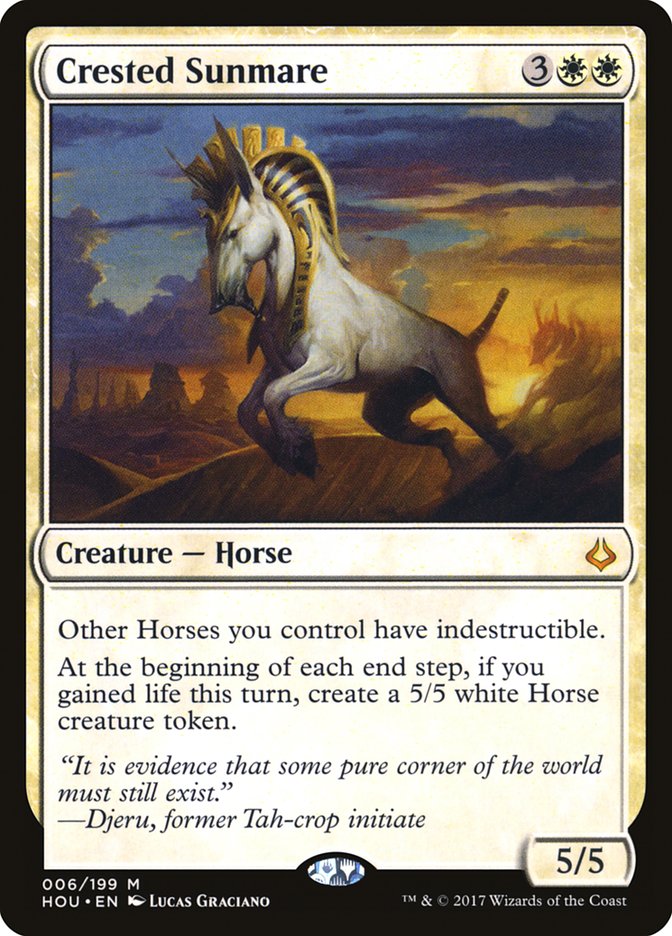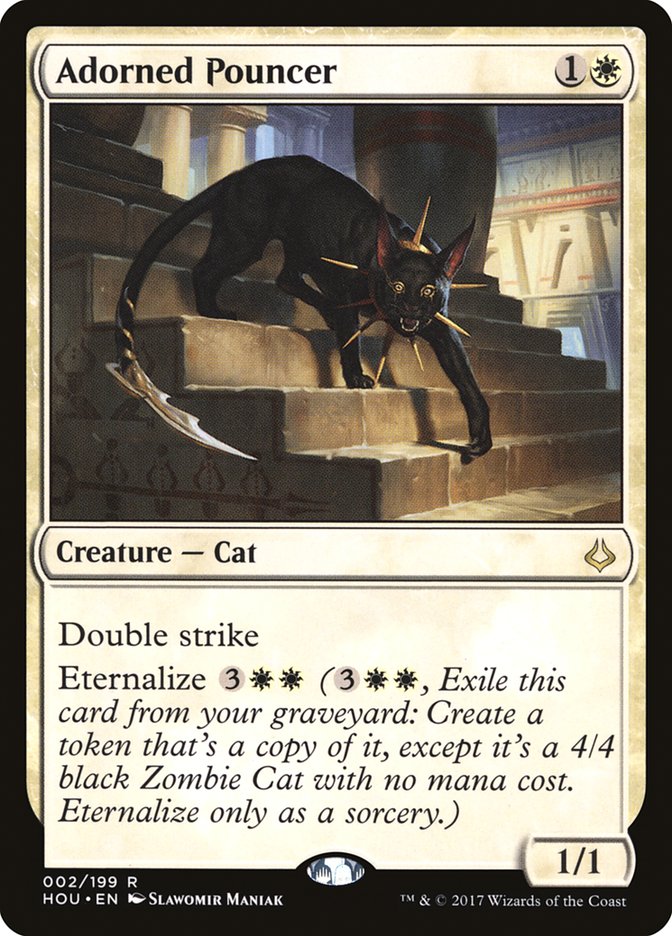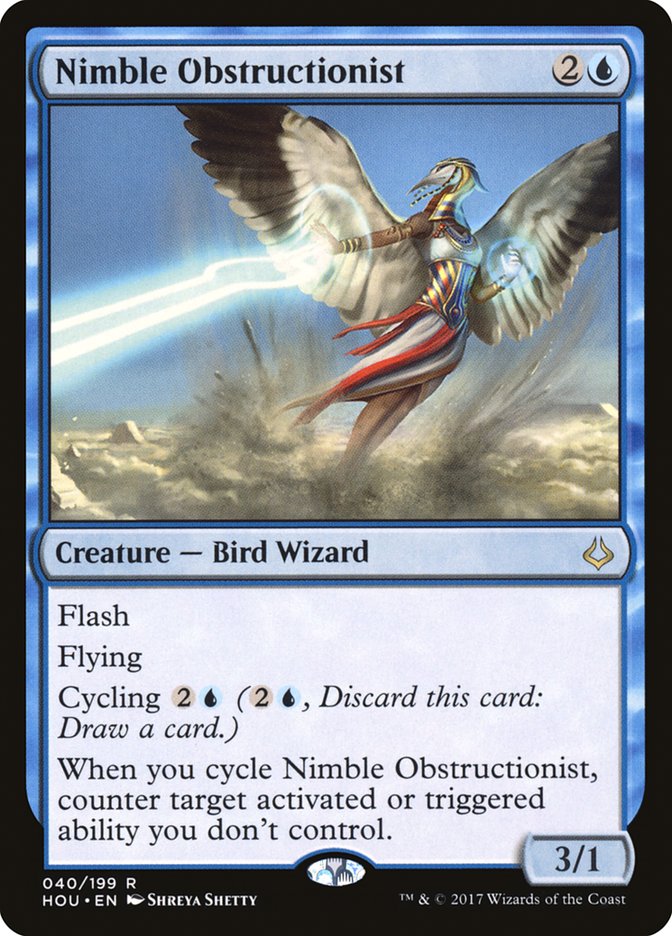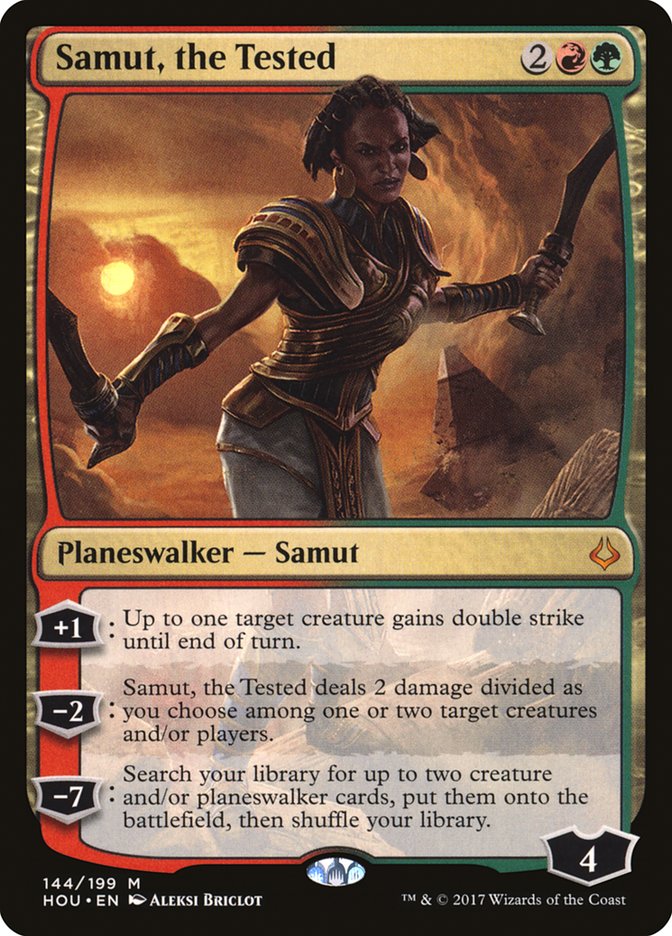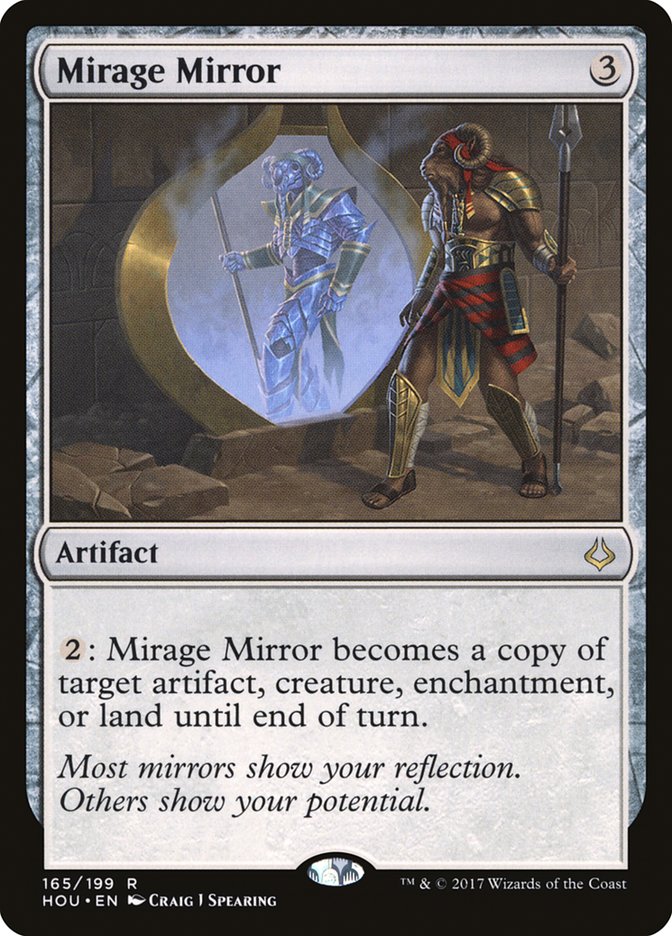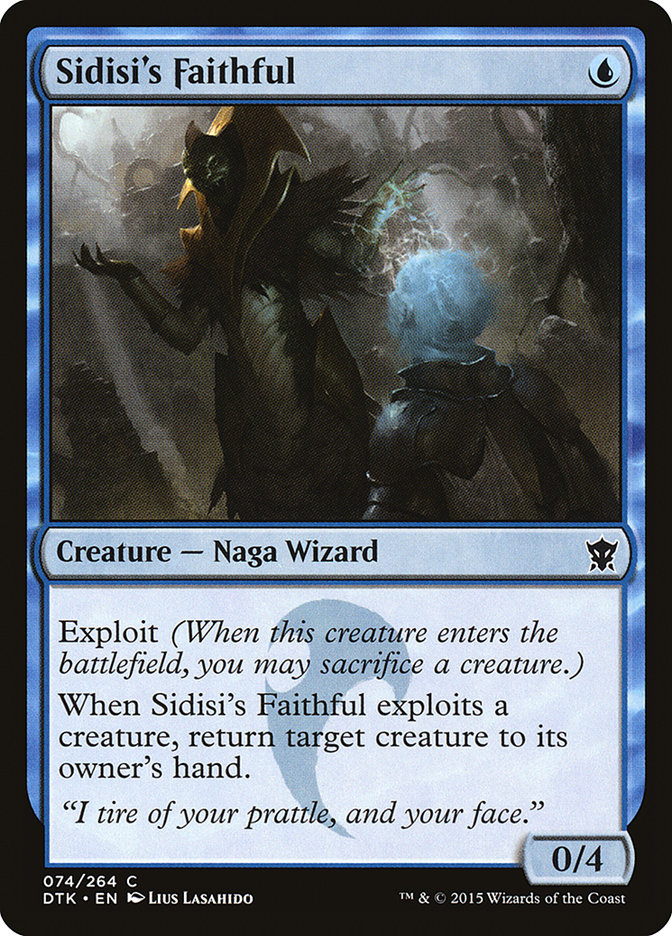Evaluating new cards can be hard. Every time a new card is previewed, our minds run wild with all of the ways the card can be utilized…and some of the reasons that it won’t really see play.
I tend to take a different, albeit less fun, approach: I don’t actively seek out cards from the new set until the entire card image gallery is available. The primary reason for this is context.
Cards like Nest of Scarabs and Hapatra, Vizier of Poisons looks like great cards, but without knowing the rest of the cards that were in Amonkhet, they’re near-impossible to evaluate.
Why is this relevant? Because as players, we only have so much time to test things out. Last week, I wrote about the different decks I’d tried for #SCGINVI and notes I’d taken on them. There were eight different decks that I had tried, tuned a little bit, and attempted to get a feel for. It took two weeks for me to feel as if I gave the decks a realistic chance…and that’s from the perspective of someone who plays Magic for a living.
It just isn’t realistic to try out every single idea that comes with a new expansion; there aren’t enough hours in the day. As a result, I tend to wait until I have as much information available as possible before trying to piece together what I want to be doing with the new cards to be released.
Compartmentalization
It’s time to evaluate new cards. A lot of them. In order to avoid becoming overwhelmed by too much information at once, breaking down card evaluation and testing into different groups is going to save a lot of time and energy.
When reading through the cards that are to be released, I tend to group cards into a few different classifications and use that to evaluate them. It helps provide a structure to testing out new cards and working out their strengths and weaknesses. Cards can belong to more than one category, and some cards fall just outside of the boundaries of all of these.
Cards That Will Go into Existing Archetypes
This one is the biggest gimme of the bunch. It didn’t take a team of rocket scientists to see that Liliana, Death’s Majesty played well in the Ishkanah, Grafwidow-flavored Delirium decks.
These cards synergize with existing archetypes and will replace a number of the weaker cards in the deck; oftentimes they’re a strict upgrade from something that is already in the archetype!
Solemnity has a lot of angles, but Legacy Lands has a couple of uses for a card that keeps counters off lands.
Perhaps there’s a Modern deck with undercosted creatures that could make use of the recursive elements that Claim // Fame offers.
Razaketh, the Foulblooded is pretty much begging to be used alongside Shadowborn Apostle in Commander.
Ammit Eternal is another reasonable three-drop for Standard Zombies. It likely isn’t pushing out Diregraf Colossus, but it isn’t crazy to imagine it pushing out Lord of the Accursed, or even Metallic Mimic.
Drawing these lines can get a start on early playtesting even without all of the cards being released. This makes me tend to consider this type of card before the others, because if we’re being honest, it’s near-impossible to avoid previews for a Magic expansion on the internet.
Powerful Standalones
These cards are the Fatal Pushes of sets. They go into decks, but not because of what the deck is doing. They tend to go into decks because they’re incredibly efficient, powerful, and/or versatile.
Abrade is the first card that comes to mind as an incredibly useful card that will likely see a reasonable amount of play. Competing with Harnessed Lightning in Standard is more than a little rough, but there are several ways that the metagame could shake out where the Sunlance // Shatter split card is a welcome addition to a deck. Having the ability to destroy Winding Constrictor and Skysovereign, Consul Flagship is a big game.
A reasonably large portion of cards that will fall into this category are sideboard cards.
Both of these are narrow, powerful, undercosted effects that are likely to end up seeing some amount of play during their residency in Standard. Liliana’s Defeat being able to take down a large Diregraf Colossus or Ob Nixilis Reignited isn’t something to be ignored.
Life Goes On may end up acting as an anti-Lava Spike sideboard card in Modern. It being counterable by Atarka’s Command and Skullcrack is at least a little obnoxious, but the single mana is an enormous deal. Turning the card on is relatively easy, as Burn’s best card against most things green tends to be Searing Blaze.
At this point, I’ve come full circle on my opinion of Ranumap Excavator. Crucible of Worlds doesn’t tend to see play outside specialized archetypes, but this card has a large number of inherent synergies with cards that people are already playing in Standard.
Slamming Evolving Wilds on the table the turn you cast Tireless Tracker feels good. Picking up the copy of Evolving Wilds from your graveyard to generate two Clues is Magical Christmas Land levels of silly. This doesn’t even get into the self-mill theme of delirium or the way the Naga rewards its controller for aggressively cycling all of the cycling duals from Amonkhet or the uncommon cyclers from Hour of Devastation.
Ramunap Excavator is a prime example of a card that fits into multiple categories. As well as being able to stand on its own, it also easily slots into just about every Constructed format.
Creatures (22)
- 4 Mother of Runes
- 1 Scryb Ranger
- 1 Gaddock Teeg
- 1 Noble Hierarch
- 4 Knight of the Reliquary
- 1 Qasali Pridemage
- 2 Stoneforge Mystic
- 1 Scavenging Ooze
- 3 Thalia, Guardian of Thraben
- 3 Deathrite Shaman
- 1 Tireless Tracker
Lands (24)
Spells (14)

Wasteland and fetches to recur, Green Sun’s Zenith to fetch up a situational bullet? Yes, please.
Creatures (27)
- 1 Azusa, Lost but Seeking
- 2 Birds of Paradise
- 4 Tarmogoyf
- 4 Noble Hierarch
- 4 Knight of the Reliquary
- 2 Scavenging Ooze
- 3 Voice of Resurgence
- 4 Courser of Kruphix
- 1 Tireless Tracker
- 2 Renegade Rallier
Lands (23)
Spells (10)

Azusa, Lost but Seeking; Ghost Quarter; and Collected Company? Ding.
A majority of the powerful cards are also going to fall into the first category of augmenting existing decks because of their power level. The biggest reason for having a separate category for these cards is in order to avoid pigeonholing an incredibly powerful card into a single archetype.
The difference between Doomfall and Ammit Eternal is that Doomfall will likely be used in several archetypes, where Ammit Eternal will end up seeing play in one or two archetypes.
Build-Around-Me
The header says is it all. This category of card is generally going to require a new deck being built in order for the card to be playable. At the very least, cards that fall into this camp will require a very specific archetype or package to compensate for what it is they’re good at doing.
These cards are generally very powerful, but unbelievably narrow. Think of Crested Sunmare in Standard:
I don’t know if anyone else remembers Wingmate Roc or Broodmate Dragon, but this card is not far off. It takes more work to enable, but it has an enormous payoff so long as its caster is willing to put in the work to enable it.
Crested Sunmare may slip into some existing decks, but if we’re being realistic, competing with Archangel Avacyn is a rough place to be…outside of the deck that specifically wants Crested Sunmare.
I could be off the mark here, but I’d be very surprised if there wasn’t something involving Crested Sunmare at the top of the curve during its residency in Standard.
Adorned Pouncer is another card in this sect of cards that jumps out at me as a build-around-me card.
Despite not looking particularly powerful at a glance, it’s important to remember what I like to do with my creatures: help them put on pants. Cards like Adorned Pouncer generally aren’t going to be replacing the powerful Thalia’s Lieutenant-esque haymakers from the aggro decks, or the versatile Selfless Spirit-styled cards from midrange. They’re going to be doing one thing, and be doing it very effectively.
A quick perusal of the Standard-legal creature Auras that cost less than three mana tells me that, while the mana in the format isn’t quite good enough to support this type of strategy, the Auras are likely there.
As future sets are released, I’ll keep a note in the back of my head to check for ways to lump Adorned Pouncer and other cheap haymakers with aggressively costed Auras. This isn’t always a great feeling, but most sets have a handful of sleeper build-around-mes that aren’t quite there yet but will see their time in the sun.
Limited Stuff
A solid 50-60% of every single set is going to be for casual players and Limited players, and that’s okay! Most things in this category are going to have a handful of definable characteristics:
- They don’t have an existing home. This isn’t a dealbreaker, but it is a sign that the card requires more time in order to make a home for it during playtesting.
- They aren’t particularly powerful. Again, not a dealbreaker on its own, but in conjunction with everything else, it makes it harder to justify playing the card.
- They aren’t versatile. A good chunk of cards that are designed with Limited in mind are meant to be reasonably costed creatures that will fill out a curve, or removal that is balanced by its rarity or converted mana cost. Many of these cards are meant to fill a specific hole in the set’s design.
Most cards are going to have one or more of these descriptors. The issue is when cards have all of them. If a card doesn’t have an existing home, isn’t powerful, and isn’t versatile, why are we working so hard to play it?
Magic is a game, and it’s fine to want to play the purple dog lord that is illustrated by your favorite artist because you like it, but when trying to evaluate cards with playtesting in mind, being methodical is important.
In the interest of efficiency, it’s going to generally be best to skip these cards or save them for the end of the testing process. A fair chunk of these cards will end up making it to Constructed, particularly in low-to-the-ground aggressive decks, but it isn’t practical to try to find a shell for every single card that was primarily designed with Limited in mind.
Unique Cards
This is the group of “leftovers,” he cards that were notable, but didn’t quite fit into other cliques. The most common cards to find their way here are cards with seldom-used abilities, planeswalkers, and cards that seem to be undercosted mana-wise.
Is this card good? I don’t think so, but it’s hard to say. Before Disallow, it had been a while since there was a reasonable Standard-legal Stifle effect, and this one has the option of being a creature.
Samut is relatively unimpressive, but she would’ve been far too powerful at converted mana cost three, so it’s entirely possible that she’s better than she looks at four. Competing with both Chandra, Torch of Defiance and Bristling Hydra is an unenviable position.
When I first started playing competitively there was a card that I could never find room for in my decks, but every time my opponent cast one, I felt like I lost the game on the spot. That card was Mimic Vat.
This card feels very similar in that finding room for it is hard, but it’s unique and a sticky threat to top it off. It functions in a different way, but the fact that it can copy opposing permanents is particularly enticing.
All of these cards have the possibility of being great or horrid, and it’s entirely contingent on how they’re played and what archetype they’re housed in. The power level of a card should dictate how it is prioritized (time-wise) during the playtesting process.
Wrapping Up
Some cards aren’t always going to fit into a category and will still be playable. Some cards fit into almost everything (remember that Reflector Mage had a home, was versatile, had a design that was pointed at Limited, was unique, and had a build-around-me feel to it as recently as Oath of the Gatewatch), and some will dance around all of these without making any of the lists.
Everything is contextual and require us, as players, to determine how good a card is. Sidisi’s Faithful was in one of the best Standard decks of all time, and it looks like Draft chaff at a glance.
All this article is intended to do is give you a blueprint on how to allot time. It’s up to you to fill in the blanks, prioritize cards, and get in some games. Writing this article has already given me an idea of the first thing that I want to test for #SCGCIN.
Eat your heart out:
Creatures (7)
Lands (27)
Spells (26)



